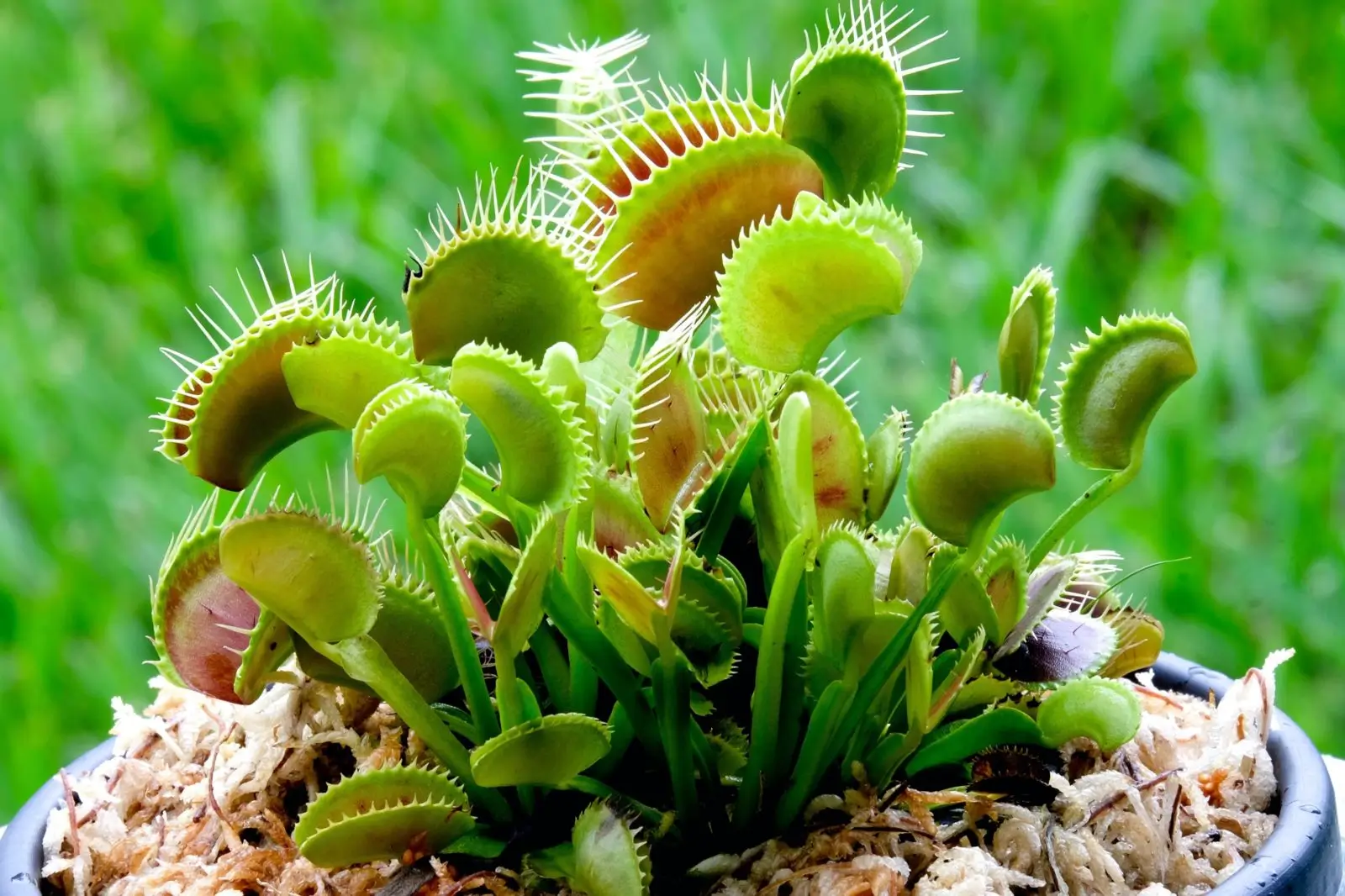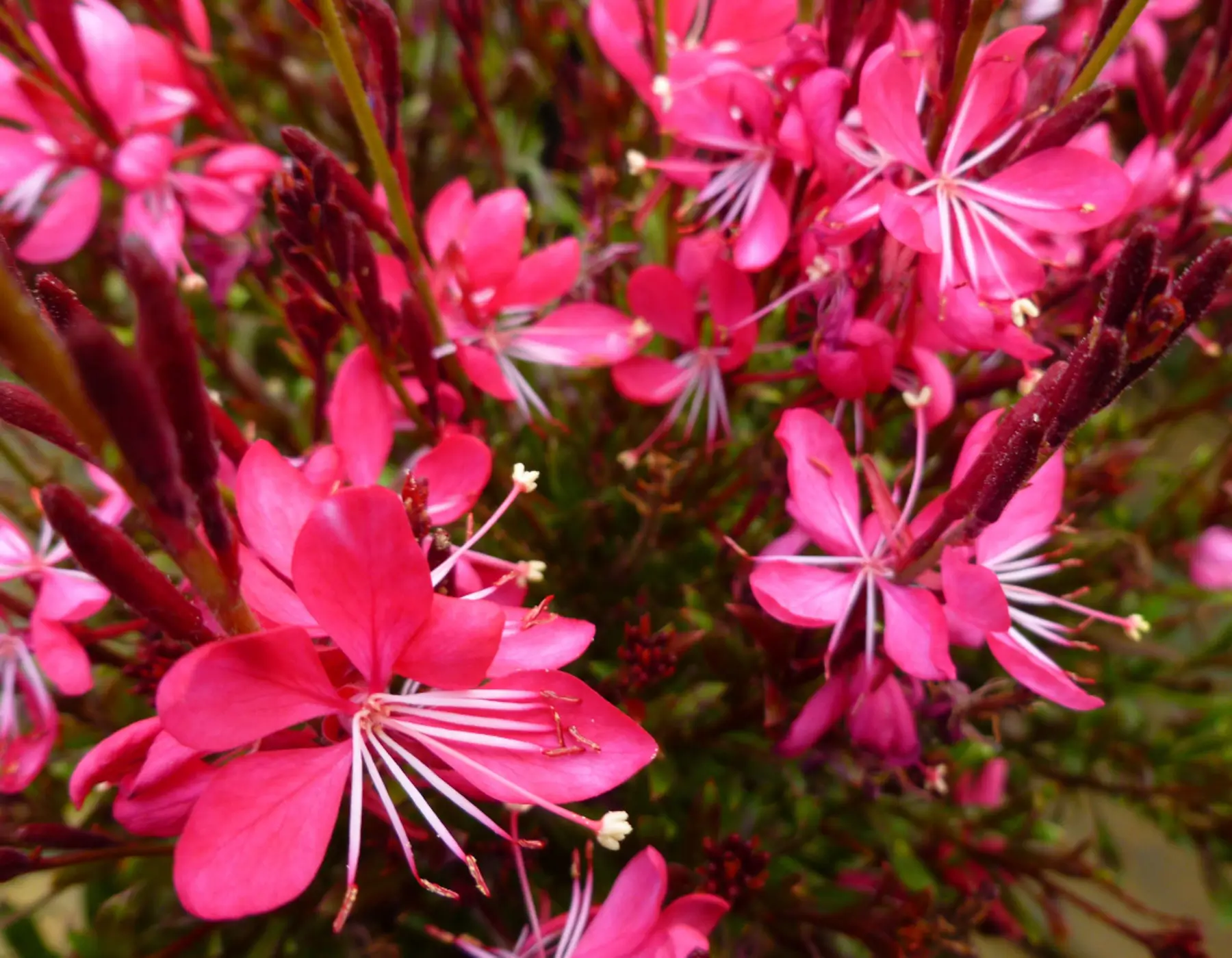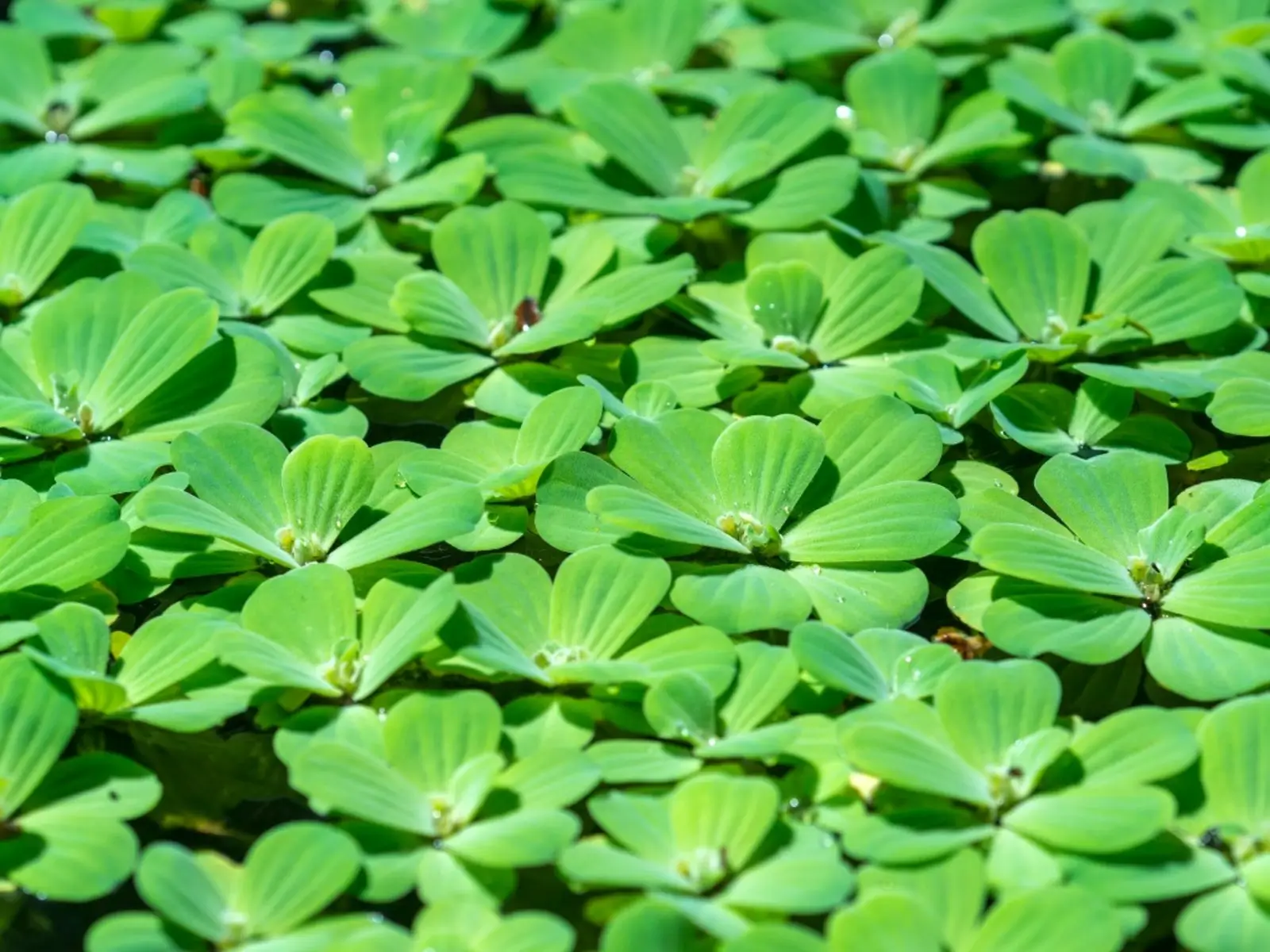
Soil Health & Fertilization
We unite suppliers and green industry professionals worldwide
Xyris (Xyris spp.), also known as Yellow-eyed Grass, is an attractive perennial native to wetlands and marshes.
By Victor Miller
|Published on June 07, 2025


Have you ever dreamed of a plant that will survive in wet conditions while offering striking yellow flowers?
Xyris (Xyris spp.), also known as Yellow-eyed Grass, is an attractive perennial native to wetlands and marshes. With its tall, slender stalks topped by bright, yellow flower clusters, Xyris brings a unique, vertical element to the garden. Whether growing along pond edges or in boggy soils, it thrives in areas that other plants may shy away from. Despite its delicate appearance, this strong plant is ideally suitable for wetland and rain garden settings, providing splendor and ecological value.
| Botanical Name | Xyris spp. |
| Common Name | Yellow-eyed Grass |
| Type | Perennial herb |
| Height | 12–24 inches |
| Sunlight | Full sun to partial shade |
| Soil | Moist, well-draining, acidic |
| Watering needs | High moisture needs |
| Hardiness Zones | 7–11 (USDA) |
| Bloom Time | Summer |

September 25, 2025
9 minute read
September 24, 2025
9 minute read
September 23, 2025
10 minute read
September 22, 2025
9 minute read


Join as a seller and connect with thousands of B2B buyers nationwide!
Sign Up

Venus Fly Trap
A Cascading Beauty With a Name as Sweet as Its Leaves

Palm Tree
For centuries, palm trees have been symbols of leisure, dream travel, lush, tropical beauty. But more than their postcard-perfect appeal, palm trees are remarkably diverse, ranging from towering outdoor varieties like the Queen Palm to compact, elegant in

Wandflower
A Soft Bloomer That Dances in the Breeze

Water Lettuce
A Floating Beauty With a Leafy Name and Lush History
It is an easy to grow perennial that prefers moist, acidic soil. It likes sunny to partial shade and does well in wetlands, rain gardens along the edges of ponds. Xyris is particularly tolerant of consistently damp conditions and can handle a variety of wet soils, including clay and loam. To ensure plant thrives, keep it watered during dry periods and mulch around its base to keep the soil damp. Once established, Xyris takes very little maintenance, although dividing occasionally will keep it vigorous.
Xyris grows easy in full sun where it will produce brilliant yellow blossoms. It will also do well in light shade,especially in hotter climates where some afternoon shade helps prevent stress. However, excessive shade can lead to leggier growth and fewer blossoms, so aim for at least 4–6 hours of direct sunlight each day.
Xyris enjoys moist, well-draining, acid soil, and thrives in places that are constantly wet. It grows well in loamy, sandy and clay soils that hold moisture but are not waterlogged. Good drainage and acidity (5.5-6.5 pH) will help avoid root rot and promote healthy growth.
This plant loves water, and its growth is closely tied to moisture levels. It should be placed in locations that remain persistently moist, such as bog gardens or near a pond. They do require regular watering, particularly during dry periods. But Xyris doesn’t like having its roots stand in stagnant water, so good drainage is crucial to avoid root rot.
Xyris is not a plant that will require much pruning, although the plant can benefit from a little maintenance to make it look neat. After flowering, remove spent stems to encourage fresh growth and enhance the natural shape of the plant. You may also cut any damaged or yellowing leaves during its growing season for it to look nice and healthy.
In the fall, cut back the plant to ground level before the coldest temperatures hit, especially in regions where the plant is not evergreen. This will promote new growth in spring and ensure the plant remains vigorous each year.
Xyris can be propagated by seed or by dividing established clumps in early spring or fall. From seed:
From division:
Both are generally quite simple, however seed can require much patience.
You can grow Xyris in containers, which is a nice way to control its spread and yet still enjoy its classy-looking yellow blooms.
Xyris is relatively cold-hardy in USDA Zones 7–11, but it may struggle in areas that experience severe frost. For colder areas, mulch around the base for winter protection. If a plant is potted, then bring the plant indoors or protect it from frost. Keep soil lightly moist — but not wet — through the winter months and decrease watering when the plant goes dormant. In spring, when temperatures warm up, you can move the plant back outdoors.
Xyris produces unique, bright yellow flowers that appear in mid to late summer, forming atop long, slender stalks. The flowers are tiny but numerous and look spectacular when clustered together. Even though the flowers are short-lived, they're a major nectar source for pollinators like bees. Flowering may be relatively brief, but it’s a beautiful attribute that supports wildlife and provides a happy pop of color to wetland gardens or garden ponds.
Xyris is not high-maintenance, but it can encounter a few problems, mostly connected with water and soil.
Whether planted along the edges of a pond or in a rain garden, Xyris adds a splash of vibrant yellow to damp garden areas. This tough plant is great for gardeners who wish to add beauty and ecological benefits to the garden. Featuring beautiful flowers and a natural tolerance to wet and acidic conditions, Xyris is a great way to help introduce color and texture to your landscape while supporting bees and butterflies!
No – Xyris is non-toxic to dogs, cats and people so it’s a safe choice for yards.
Xyris prefers an environment that is uniformly wet, so this plant is not appropriate for dry places.
Xyris is a moderate grower, adding about 6 to 12 inches in height each year. This one's a slow to medium grower.
Yes, Xyris tends to be resistant to deer due to its somewhat grassy appearance and its preference for wetland environments.

Soil Health & Fertilization
Victor Miller

Pest Identification & Prevention
Victor Miller

Lawn Care Tips & Maintenance
Victor Miller

Soil Health & Fertilization
Victor Miller

Smart Irrigation Systems
Victor Miller

Patios, Walkways & Driveways
Victor Miller

Soil Health & Fertilization
Victor Miller

Pest Identification & Prevention
Victor Miller
My Account
Our team is always here to help.
We are open Monday - Friday, 9:00 AM to 4:30 PM PST.